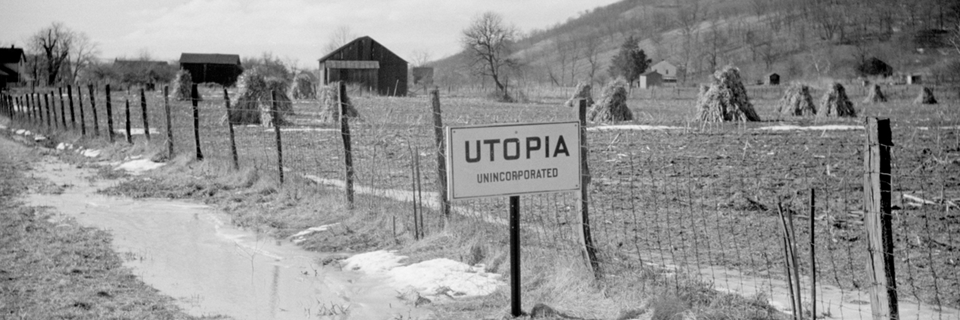 |
| Des enfants se risquent à regarder au-dessus du Mur de Berlin dans le quartier de Kreutzberg (1963) |
West Berlin, May 1978: a city under siege yet open. [...] As with any siege, there must be fortifications, or at least a wall, and here this was built not by the besieged but by the besiegers, not so much to surround the other as in self-defense against the fascination exerted by the other, and to prevent defection from within its own ranks. In this sense, the Berlin Wall marked a singular advance in the 'de-construction' of the binary oppositions upon which our culture rests.
A wall: in truth, at least in its most recent form (1967), a mere barrier, a simple partition [...] that now seems absurdly miserable.
Recto/verso, obverse/reverse: the wall - like an écroché, like a ruin: the ruin that it was from the begining - had no readily identifiable wrong side. [...] The people on the other side, like the prisoner's in Plato's cave, perceived only an echo (in the distance, beyond the no-man's-land).

